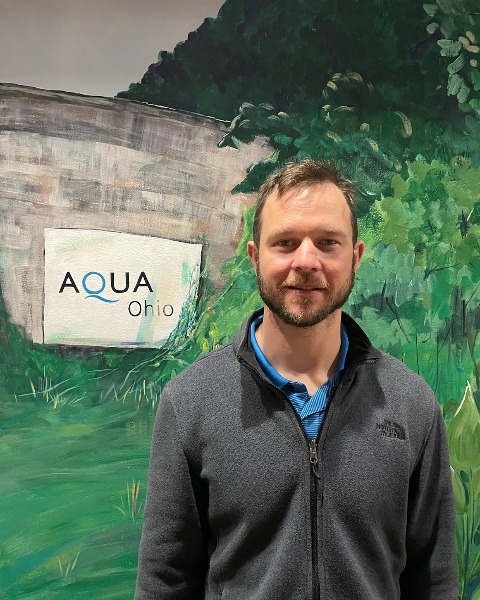Concurrent Session
General Case Studies
Session: Rehabilitation Case Histories
CS36B - Concurrent Session 36B: Fortifying History: Ensuring Structural Stability and Flood Resiliency at Lake Hamilton Dam
Wednesday, September 24, 2025
4:00 PM - 4:30 PM ET
Location: Huntington Convention Center of Cleveland, Atrium Ballroom C

Seth Thompson, P.E., SPRAT I
Project Manager, Dams & Hydraulics
GFT, Utah
Zachary Tallmadge, P.E.
Aqua Ohio

Jake Logan
Aqua Ohio
Presenter(s)
Co-Presenter(s)
Abstract Description: Lake Hamilton Dam, constructed in 1907, is a composite dam with a rubble masonry main dam section and earthen embankment sections at each abutment. It has several unique features including a stone masonry aqueduct that crosses Yellow Creek, a cyclopean concrete gravity spillway control section, and a downstream masonry arch weir that once created a public recreation pool. It is also the site of one of the first iron furnaces in the country. The dam is currently owned by Aqua Ohio and has provided water supply for local communities in Northeastern Ohio for nearly 120 years. While the dam has performed stalwartly throughout its life, it is currently facing several challenges, including global stability concerns, an inflow design flood that has been a 20-year moving target, uncontrolled seepage at the embankment groins and toe, and the lack of a functional low-level outlet.
This presentation will discuss the rich history of the facility, and the various rehabilitation projects up to the current project, both from an owner’s and consultant’s perspective. The process of screening dam rehabilitation alternatives with the overall goal of achieving the optimum solution and preserving the dam’s historical nature will be discussed. This includes the importance of assessing individual modifications to address deficiencies separately versus collectively relative to overall project costs, benefits, and risks as well as the practice and benefits of combining facility functions. Lessons learned from the screening of alternatives and design of the project will be shared.
This presentation will discuss the rich history of the facility, and the various rehabilitation projects up to the current project, both from an owner’s and consultant’s perspective. The process of screening dam rehabilitation alternatives with the overall goal of achieving the optimum solution and preserving the dam’s historical nature will be discussed. This includes the importance of assessing individual modifications to address deficiencies separately versus collectively relative to overall project costs, benefits, and risks as well as the practice and benefits of combining facility functions. Lessons learned from the screening of alternatives and design of the project will be shared.
Learning Objectives:
- Evaluate the Process of Screening and Selecting Dam Rehabilitation Alternatives: Learn about the decision-making framework used to balance historical preservation, cost-effectiveness, and risk management in dam rehabilitation projects.
- Understand the Challenges and Rehabilitation Strategies for Aging Dams – Identify key concerns commonly faced by historical structure, and explore approaches taken to address these deficiencies using current design standards.
- Examine how project goals, challenges, and decision-making processes differ between dam owners and engineering consultants, including balancing regulatory compliance, cost considerations, historical preservation, and long-term functionality.
